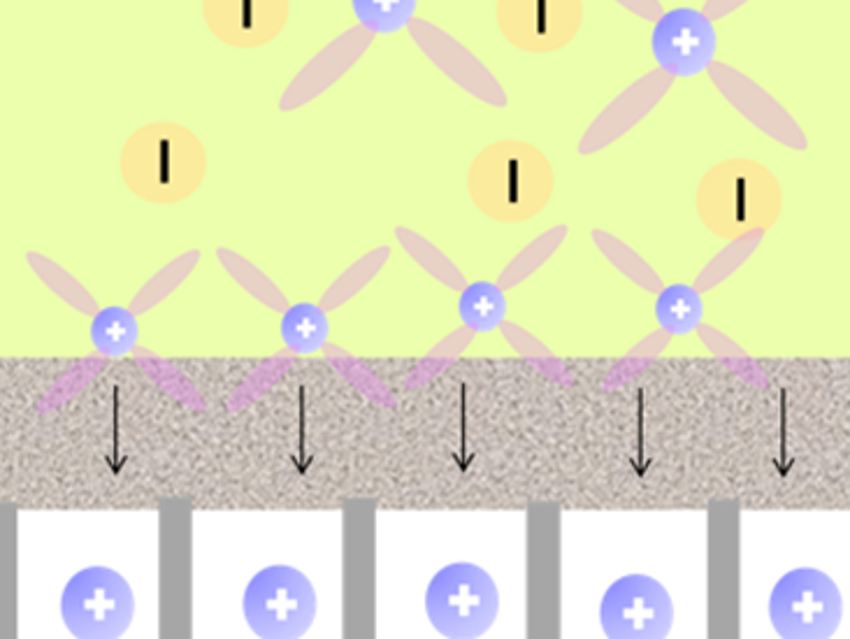Conventional lithium-ion batteries (LIBs) suffer significant performance loss at low temperatures, which prevents their use in cold environments. The main factors that contribute to this low performance are the decreased ionic conductivity of the electrolyte, sluggish charge-transfer processes at the electrolyte/electrode interface, and slowed diffusion in the intercalation-compound-based electrodes. It is challenging to modify the electrode materials and develop rechargeable batteries with good performance and a long cycle life at temperatures below –40 °C.
So-called intercalation pseudocapacitive materials could help to tackle this problem because the electrochemical reaction occurs both at the surface and in the bulk material. In addition, almost no phase change occurs during the charge/discharge processes, ensuring the stability of the structure. These electrode materials could be a promising alternative to conventional intercalation compounds at low temperatures.
Xiaoli Dong, Fudan University, Shanghai, China, Yongyao Xia, Fudan University and Zhengzhou University, China, and colleagues have developed rechargeable batteries that can be operated at temperatures as low as –75 °C. The team used an intercalation pseudocapacitive material, niobium pentoxide (Nb2O5), as the cathode material, Li as the anode, and an ethyl-acetate‐based co-solvent electrolyte.
The team found that niobium pentoxide provides high power and capacity, as well as a low charge-transfer barrier at the electrode/electrolyte interface, which contributes to good battery performance. The developed battery has a high capacity of 121 mAh g–1 at –75 °C. It also shows good stability with 100 charge/discharge cycles without capacity fading. This work demonstrates that electrode materials with intercalation pseudocapacitive behavior show outstanding performance at low temperatures, which makes them good candidates for energy storage systems under extreme conditions.
- A High‐Rate and Long‐Life Rechargeable Battery Operated at −75 °C,
Xiaoli Dong, Yang Yang, Panlong Li, Zhong Fang, Yonggang Wang, Yongyao Xia,
Batteries Supercaps 2020.
https://doi.org/10.1002/batt.202000117



